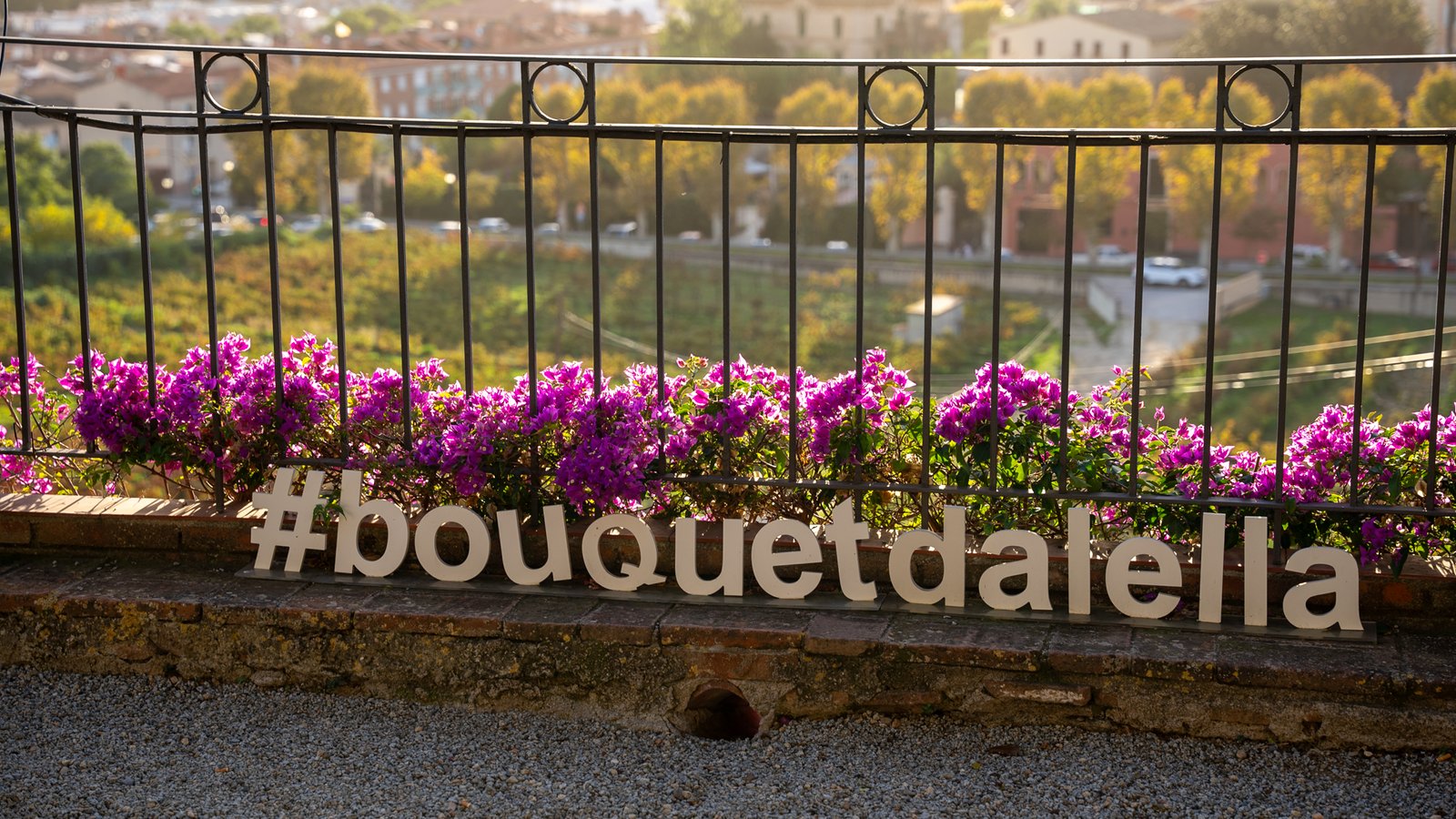The Pansa Blanca grape is an emblematic variety of the Alella Designation of Origin (DO) in Catalonia. Its history is intertwined with the winemaking traditions of the region and has earned recognition both locally and internationally. This article explores Pansa Blanca, covering its characteristics, production process, ideal pairings, and the most prominent wineries producing it.
History and Significance of Pansa Blanca in Alella
Pansa Blanca boasts a rich history in the Alella region. Its legacy has shaped the local wine culture and remains a hallmark of Catalan wine production.
Origin and Evolution of the Variety
Also known as Xarel·lo, Pansa Blanca has its origins in the ancient winemaking traditions of Catalonia. Over centuries, it has adapted to the unique soil and climate conditions of the region. Historical references to its cultivation date back over a thousand years, making it an integral part of Alella’s agricultural heritage.
Role in the Alella Designation of Origin
Within the Alella DO, Pansa Blanca holds a distinguished position. Its adaptability has facilitated the production of wines that reflect the unique character of the local terroir. These wines not only satisfy local palates but also embody the identity of the region’s winemaking heritage.
International Recognition
In recent decades, Pansa Blanca has garnered international acclaim. Its quality and versatility have earned praise in wine competitions and fairs, helping Alella gain global recognition as a producer of unique and distinguished Pansa Blanca wines.
Characteristics of Pansa Blanca
Renowned for its freshness and complexity, Pansa Blanca is a favorite among wine enthusiasts. Here are its key attributes:
Sensory Profile: Aromas and Flavors
Wines made from Pansa Blanca offer a rich and varied sensory experience, characterized by:
- White fruit aromas, such as apple and pear.
- Subtle notes of green almonds.
- Floral hints of white flowers that enhance freshness.
On the palate, Pansa Blanca delivers a perfect balance of acidity and sweetness, with a silky texture that enhances its versatility for food pairings.
Comparison with Other White Varieties
Compared to other white grape varieties, Pansa Blanca stands out due to:
- Its aromatic freshness.
- A more complex flavor profile than many common varieties.
- Aging potential, an uncommon trait for white grapes.
This uniqueness makes it a standout option in the Spanish wine landscape.
Climate and Soil of Alella
Pansa Blanca thrives in Alella’s Mediterranean climate, which offers mild temperatures and ample sunlight. The slate soils of the region provide:
- Optimal drainage, minimizing excess moisture.
- Heat absorption, aiding fruit ripening.
- A mineral profile that enhances wine complexity.
These conditions make Alella an ideal environment for cultivating this distinctive grape variety.
Wine Production Process for Pansa Blanca
The production of Pansa Blanca wine combines traditional techniques with modern methods to ensure the quality and uniqueness of the final product.
Traditional and Modern Methods
At wineries like Bouquet d’Alella, the harvest is done manually, ensuring the careful selection of grapes at their peak ripeness.
Pairings and Consumption
Pansa Blanca’s versatility makes it an excellent choice for a variety of gastronomic occasions.
Dishes That Enhance Its Flavor
This white wine pairs perfectly with a wide range of dishes, enhancing its fruity and fresh nuances:
- Fresh fish and seafood, such as seabream or prawns.
- Rice dishes, particularly vegetable paella.
- Fresh cheeses, whose creamy texture balances its acidity.
- A variety of tapas, including cured meats and olives, which highlight its herbal notes.
- Light desserts, such as fruit tarts or custards, where sweetness complements the wine’s profile.
Wine Tastings and Culinary Experiences
Enjoying Pansa Blanca is elevated through wine tastings that pair it with select dishes, showcasing the richness of both the wine and the cuisine.
Types of White Wine: Pansa Blanca vs. Others
While Pansa Blanca has a unique profile, it is often compared to other white wines:
- Pansa Blanca offers more balanced acidity and subtle nuances than Chardonnay or Sauvignon Blanc, which are typically more intense in flavor.
Sustainability in Alella Viticulture
Sustainability has become a priority in Alella’s viticulture, with wineries adapting practices to balance quality wine production with environmental stewardship.
Ecological Practices and Biodiversity
Alella wineries implement eco-friendly strategies to promote vineyard biodiversity, including:
- Organic fertilization and composting to enrich the soil.
- Crop rotation and cover cropping to enhance soil health.
- Biological pest control to reduce chemical pesticide use.
Benefits for the Ecosystem and Wine Quality
Sustainable practices benefit both the environment and the wine:
- Conservation of natural resources, such as water and soil.
- Healthier vines, resulting in higher-quality grapes.
- Wines that authentically represent the region’s terroir.
Future Trends in Sustainable Production
The future of Alella’s viticulture leans further into sustainability, with trends such as:
- Integration of renewable energy in production processes.
- Increased adoption of certified organic farming.
- Development of technologies to optimize resource use.
Frequently Asked Questions about Pansa Blanca
What Is the Price Range for Pansa Blanca Wines?
The price of Pansa Blanca wines varies widely, influenced by factors such as quality, winery reputation, and production techniques. Prices generally range from affordable options (€8–€15) to premium wines exceeding €30.
What Makes Alella’s Pansa Blanca Unique?
Several factors contribute to the uniqueness of Alella’s Pansa Blanca:
- Terroir: The slate soils and Mediterranean climate of the Alella DO impart distinctive characteristics to this variety.
- Sensory Profile: Fresh and fruity aromas, along with balanced acidity, create an appealing and unique wine profile.
- Tradition: The region’s winemaking heritage and sustainable practices enhance its essence.





